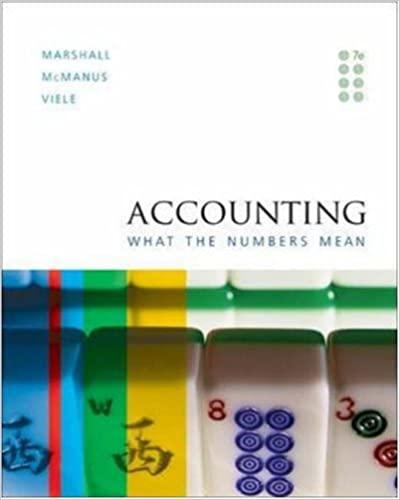18 Alternative Inventory Methods Garrett Company has the following transactions during the months of April and May Date Transaction Units Cost/Unit April Balance 400 17 Purchase 200 $5.50 25 Sale 150 28 Purchase 100 575 May 5 Purchase 250 5.50 Sale 300 22 Sole 50 The cost of the inventory on April I is S5, S4, and $2 per unit, respectively, under the FIFO, average, and LIFO ant flow assumptions. Required: 1. Compute the imentorics at the end of each month and the cost of goods sold for each month for the follow- ing alternatives: a FIFO periodic b. FIFO perpetual c. LIFO periodic d. LIFO perpetual c. Weighted average (Round unit ants to 4 decimal places.) Mewing average (Round unit costs to 4 decimal places.) 2. Next Level Reconcile and explain the difference between the LIFO periodic and the LIFO perpetual results. 3. Next Level If Garrett uses IFRS, which of the previous alternatives would be acceptable, and why? Alternative Inventory Methods Garrett Company has the following transactions during the months of April and May: Date Transaction Units Cost/Unit April 1 Balance 400 17 Purchase 200 $5.50 25 Sale 150 28 Purchase 100 5.75 May 5 Purchase 250 5.50 18 Sale 300 22 Sale 50 The cost of the inventory on April 1 is S5, S4, and $2 per unit, respectively, under the FIFO, average, and LIFO cost flow assumptions Required: 1. Compute the inventories at the end of each month and the cost of goods sold for each month for the follow- ing alternatives: a. FIFO periodic b. FIFO perpetual LIFO periodic d. LIFO perpetual c. Weighted average (Round unit cuts to 4 decimal places.) f. Moving average (Round unit costs to 4 decimal places.) 2. Next Level Reconcile and explain the difference between the LIFO periodic and the LIFO perpetual results. 3. Next Level If Garrett uses IFRS, which of the previous alternatives would be acceptable, and why? 18 Alternative Inventory Methods Garrett Company has the following transactions during the months of April and May Date Transaction Units Cost/Unit April Balance 400 17 Purchase 200 $5.50 25 Sale 150 28 Purchase 100 575 May 5 Purchase 250 5.50 Sale 300 22 Sole 50 The cost of the inventory on April I is S5, S4, and $2 per unit, respectively, under the FIFO, average, and LIFO ant flow assumptions. Required: 1. Compute the imentorics at the end of each month and the cost of goods sold for each month for the follow- ing alternatives: a FIFO periodic b. FIFO perpetual c. LIFO periodic d. LIFO perpetual c. Weighted average (Round unit ants to 4 decimal places.) Mewing average (Round unit costs to 4 decimal places.) 2. Next Level Reconcile and explain the difference between the LIFO periodic and the LIFO perpetual results. 3. Next Level If Garrett uses IFRS, which of the previous alternatives would be acceptable, and why? Alternative Inventory Methods Garrett Company has the following transactions during the months of April and May: Date Transaction Units Cost/Unit April 1 Balance 400 17 Purchase 200 $5.50 25 Sale 150 28 Purchase 100 5.75 May 5 Purchase 250 5.50 18 Sale 300 22 Sale 50 The cost of the inventory on April 1 is S5, S4, and $2 per unit, respectively, under the FIFO, average, and LIFO cost flow assumptions Required: 1. Compute the inventories at the end of each month and the cost of goods sold for each month for the follow- ing alternatives: a. FIFO periodic b. FIFO perpetual LIFO periodic d. LIFO perpetual c. Weighted average (Round unit cuts to 4 decimal places.) f. Moving average (Round unit costs to 4 decimal places.) 2. Next Level Reconcile and explain the difference between the LIFO periodic and the LIFO perpetual results. 3. Next Level If Garrett uses IFRS, which of the previous alternatives would be acceptable, and why








